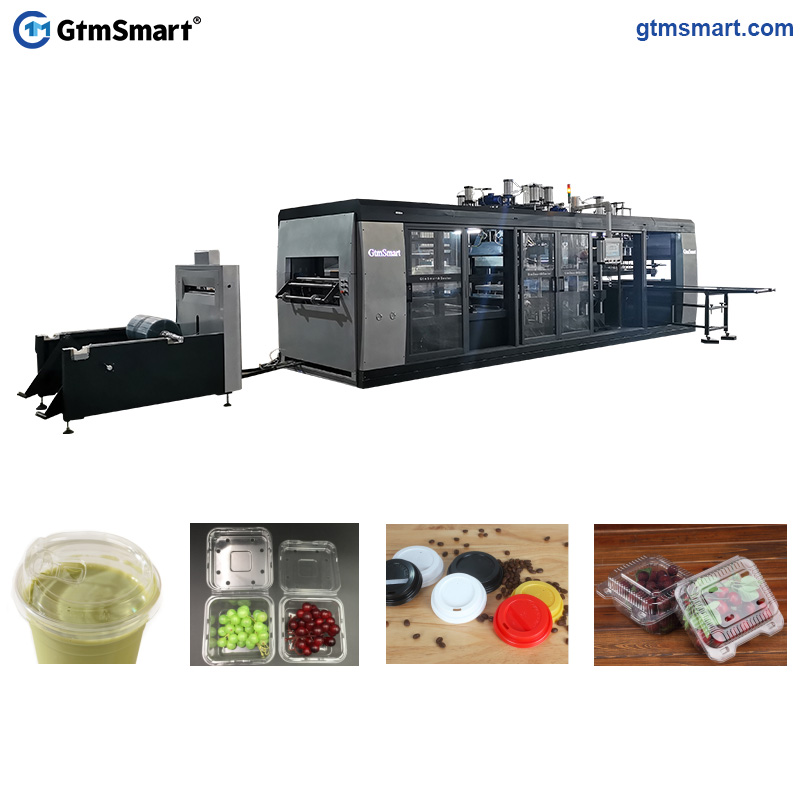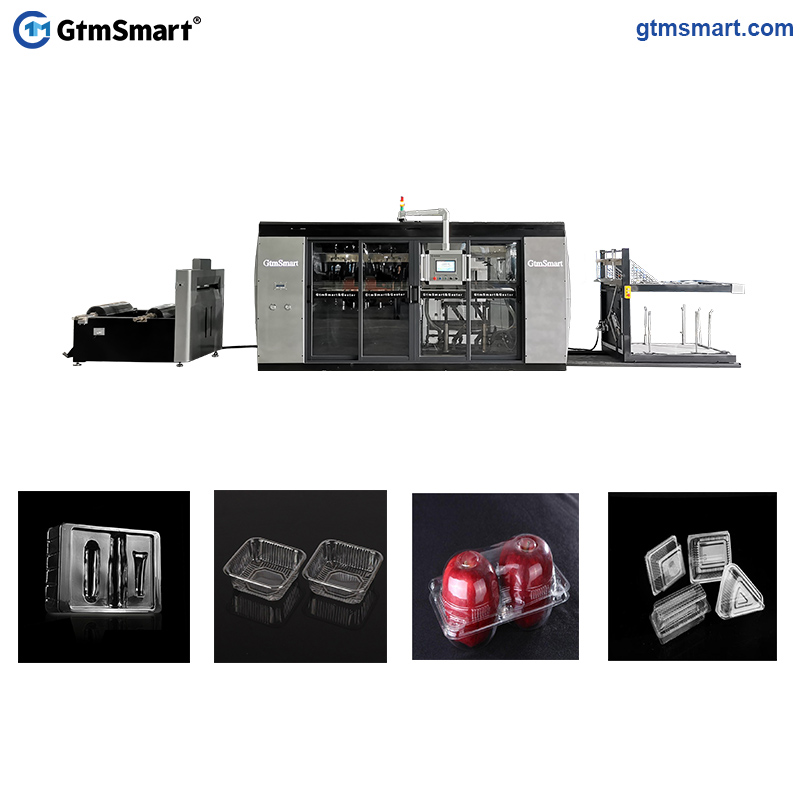Difference between Plastic Pressure Forming and Plastic Vacuum Forming
Introduction:
In the realm of manufacturing and industrial processes, thermoforming stands out as a versatile technique for shaping plastic materials. Among its various methods, pressure forming and vacuum forming are two prominent approaches. While both techniques share similarities, they also exhibit distinctive characteristics that warrant exploration. This article delves into the nuances of pressure forming and vacuum forming, elucidating their disparities and applications within the industry.
Plastic Pressure Forming
Plastic Pressure forming, a sophisticated thermoforming process, is characterized by its ability to produce plastic parts with intricate details and superior aesthetic qualities. The process begins with heating a plastic sheet until it becomes pliable. Once heated, the plastic is positioned over a mold. Unlike vacuum forming, pressure forming uses positive air pressure (from above the sheet) to push the material into the mold’s geometry. This pressure ensures that the plastic sheet conforms precisely to the mold, capturing intricate details and achieving a high-quality surface finish.
Moreover, pressure forming offers enhanced structural integrity and material distribution, enabling the design of more robust packaging solutions. This is particularly beneficial for protecting delicate food products during transport and display. The aesthetic and functional benefits of pressure forming align with the growing consumer demand for sustainable packaging that does not compromise on design quality.
Plastic Pressure Forming Machine:
A key player in this process is the Plastic Pressure Forming machine. This machine is designed for high-detail and high-quality production, with sophisticated mold designs that can include movable sections and undercuts. Its operation involves finely adjustable air pressure and advanced heating elements to ensure even temperature distribution and uniform material flow. Despite its higher setup and operational costs, the enhanced product quality often justifies these expenses, especially in the production of complex parts requiring high-definition detailing.
Plastic Vacuum Forming
Plastic Vacuum forming has long been a staple in the food packaging industry, favored for its cost-effectiveness and adaptability. The process, which involves heating a plastic sheet until pliable and then drawing it into a mold using vacuum pressure, is ideal for producing a wide array of packaging solutions including trays, containers, and clamshells.
One of the key advantages of plastic vacuum forming is its ability to rapidly produce large quantities of packaging, making it a cost-effective choice for mass-market products. Moreover, vacuum-formed packages are lightweight and offer significant protection to the food items within, extending shelf life and reducing food waste. This method is particularly well-suited to packaging for single-use and disposable items, where the balance between cost and functionality is paramount. However, it tends to be less precise than pressure forming, especially in terms of detail reproduction and material thickness distribution. For projects where detail and precision are less critical, vacuum forming offers an efficient and economical solution.
Plastic Vacuum Forming Machine:
The Plastic Vacuum Forming machine, featuring a powerful vacuum pump that extracts air to draw the heated plastic sheet into the mold. Less complex than its plastic pressure forming counterpart, this machine uses simpler molds and focuses on pliability over precision melting. It supports a wide variety of materials suitable for stretching and forming under vacuum pressure, making it a cost-effective choice for high-volume productions where detailed complexity is not paramount.
Comparing the Applications in Food Packaging
Choosing between plastic vacuum forming and plastic pressure forming for food packaging often comes down to the specific requirements of the product and the target market. Vacuum forming is the go-to method for everyday consumer products due to its efficiency and cost-effectiveness. It is widely used for packaging fresh produce, baked goods, and take-away containers, where the primary concerns are functionality and volume.
Pressure forming, with its enhanced aesthetic capabilities, is better suited for premium products such as specialty chocolates, artisanal cheeses, and high-end ready meals. The superior visual appeal and structural strength provided by pressure forming can significantly enhance shelf presence and brand perception.
Conclusion
Understanding the nuanced differences between plastic pressure forming and plastic vacuum forming is crucial for manufacturers and designers alike. Each method offers unique benefits and is suited to specific types of projects based on factors like complexity, volume, and cost considerations. Pressure forming, with its emphasis on precision and detail, is ideal for high-quality, complex parts. Vacuum forming, celebrated for its efficiency and cost-effectiveness, serves well in producing larger, simpler items.
As the manufacturing industry continues to evolve, the choice between plastic pressure forming and plastic vacuum forming will depend on the specific demands of each project. By carefully considering the strengths and limitations of each process, manufacturers can optimize their production processes, ensuring that they not only meet but exceed the expectations of an ever-demanding market.
Post time: Apr-10-2024



